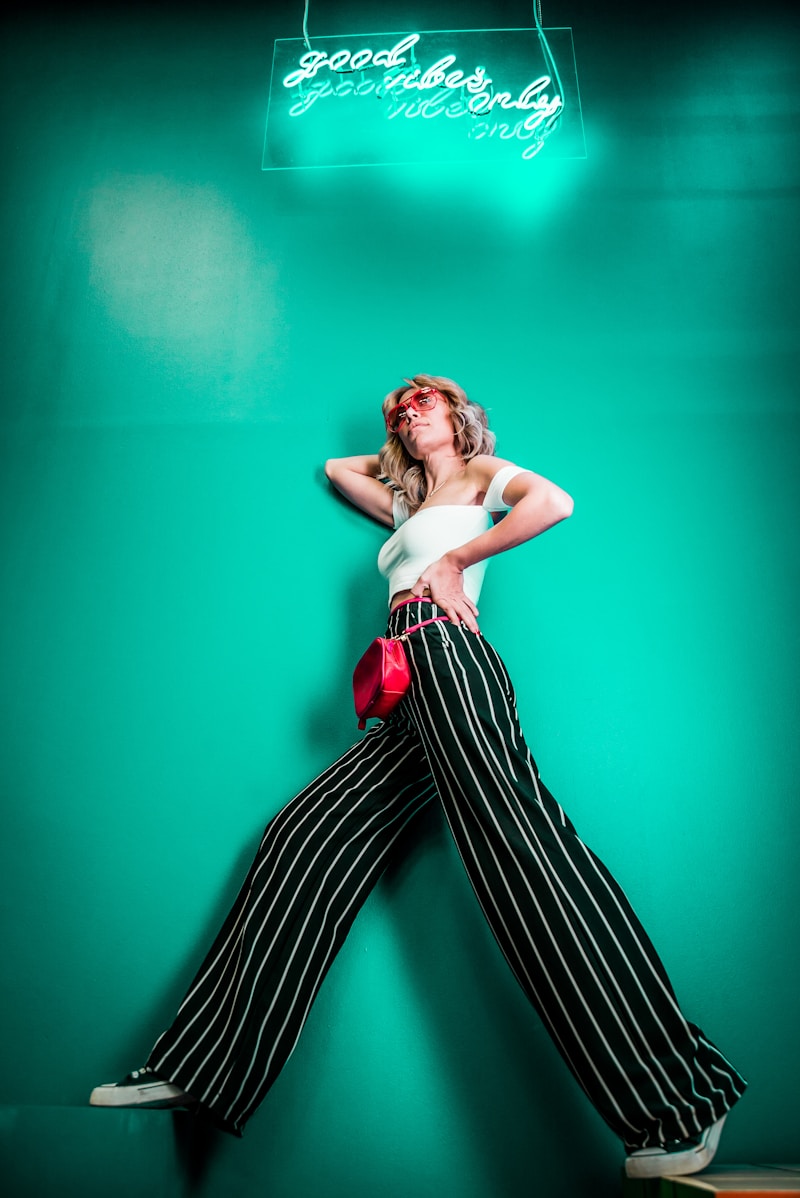The Interplay of Fabric and Embellishments: A Comprehensive Guide
Understanding the Harmony of Fabrics and Embellishments
In the dynamic world of fashion, the interplay of fabric and embellishments plays a crucial role in defining a garment's appeal. The careful selection and combination of materials and decorative elements can elevate a piece from ordinary to extraordinary. This article delves deep into the essence of fabrics, the types of embellishments available, and how their interplay creates stunning visual masterpieces.
The Significance of Fabrics in Fashion Design
Fabrics are the foundation of any garment, serving as the canvas for designers' creativity. They come in various types, each offering unique qualities that affect the overall look and feel of an outfit. Let's explore some of the most popular fabric categories:
| Fabric Type | Characteristics | Common Uses |
| Cotton | Breathable, soft, versatile | Casual wear, shirts, dresses |
| Silk | Lustrous, smooth, luxurious | Evening wear, lingerie, high-end fashion |
| Wool | Warm, durable, insulating | Winter clothing, coats, sweaters |
| Polyester | Resilient, quick-drying, easy care | Activewear, everyday garments |
| Linen | Lightweight, breathable, textured | Summer clothing, suits, dresses |
Exploring Embellishments: Adding Flair to Fabrics
While fabrics lay the groundwork for a design, embellishments bring vitality and personality to garments. These decorative elements can transform an outfit, making it more than just clothing. Common types of embellishments include:
- Beading: Adds sparkle and dimension. Often used in evening wear.
- Embroidery: Intricate stitching that can create patterns or images.
- Lace: Delicate and airy, often layered over other fabrics for a romantic effect.
- Pleating: Creates texture and visual interest, enhancing the garment's silhouette.
- Sequins: Catch the light and create a dazzling effect, ideal for parties and events.
The Art of Combining Fabrics and Embellishments
Creating a stunning piece of clothing involves a careful balance between fabric choice and embellishments. Designers must consider not only aesthetics but also functionality. Here are some key points to remember:
1. Weight and Texture Compatibility
When selecting a fabric, consider its weight in relation to the chosen embellishment. For instance, heavy beading on a lightweight silk may lead to stretching or warping over time. Conversely, lightweight embellishments like sequins can pair well with heavier fabrics.
2. Thematic Consistency
Ensure that the fabrics and embellishments complement the overall theme of the garment. A bohemian dress may feature flowy cotton paired with natural wooden beads, while a formal dress could combine satin with delicate lace overlays.
3. Color Coordination
Color harmony is vital. Either create a monochromatic look with similar shades for a sophisticated effect or employ contrasting colors to capture attention. For instance, a navy dress adorned with gold embroidery can evoke a sense of luxury.
4. Consider the Wearer
Comfort is essential. Ensure that the embellishments do not irritate the skin or hinder movement. Additionally, consider the wearer's personal style when designing with fabric and embellishments.

Trends in Fabric and Embellishment Usage
The fashion industry is continuously evolving, with new trends dictating the interplay of fabric and embellishments. Currently, some prominent trends include:
- Sustainability: Eco-friendly fabrics and upcycled embellishments are gaining traction as consumers prioritize sustainable fashion.
- Bold Embellishments: Larger, eye-catching elements like oversized sequins and intricate embroidery are becoming popular for statement pieces.
- Mixed Media: Combining various fabrics and embellishments—such as lace overlays on denim—creates unique textures and looks.
Conclusion: The Endless Possibilities
The interplay of fabric and embellishments is a vital aspect of fashion design, allowing for creativity and innovation in garment creation. By understanding the characteristics of different fabrics and the types of embellishments available, designers and fashion enthusiasts alike can create pieces that are not only beautiful but also practical.
As fashion trends continue to shift, being aware of the latest styles and techniques can help you stay ahead in the intricate dance of fabric and embellishment. Whether you're looking to revamp your wardrobe or create your fashion line, embracing this interplay will yield stunning results.
Keep in mind the significance of balance, wearability, and theme consistency when playing with fabrics and embellishments. With thoughtful consideration, the possibilities are genuinely endless!
In summary, exploring the interplay of fabric and embellishments offers countless opportunities for creativity and self-expression in fashion design.
Please remember to stay informed regarding ongoing trends and sustainable practices as they play an essential role in modern fashion today.